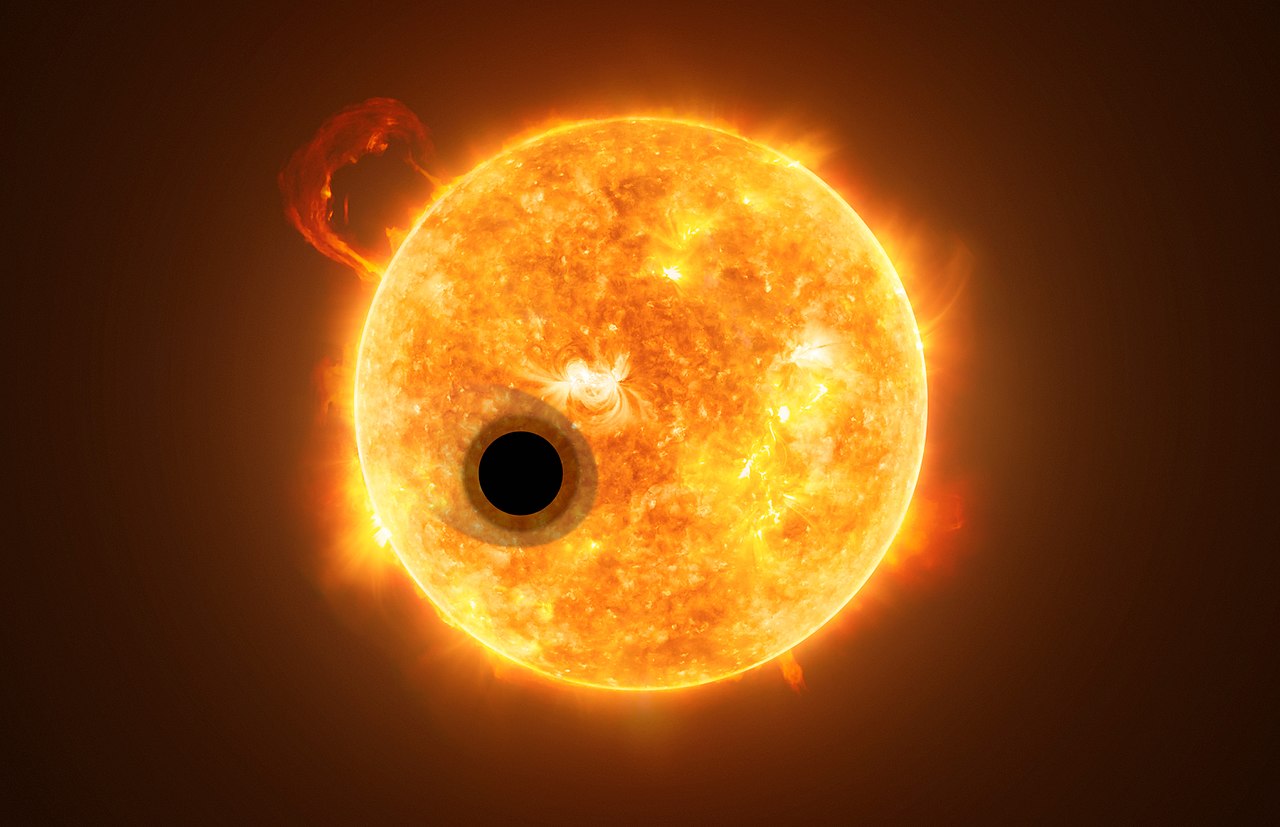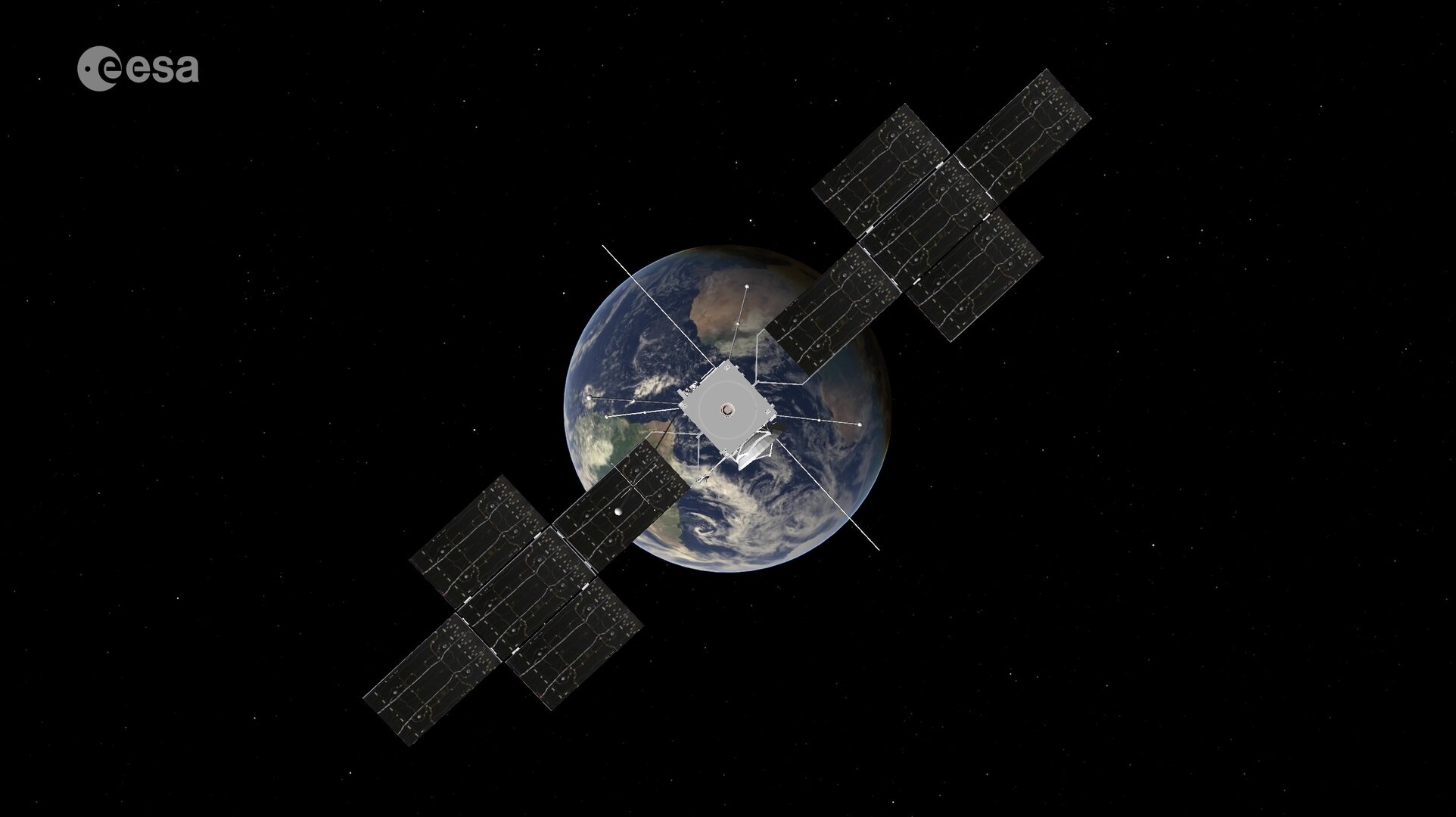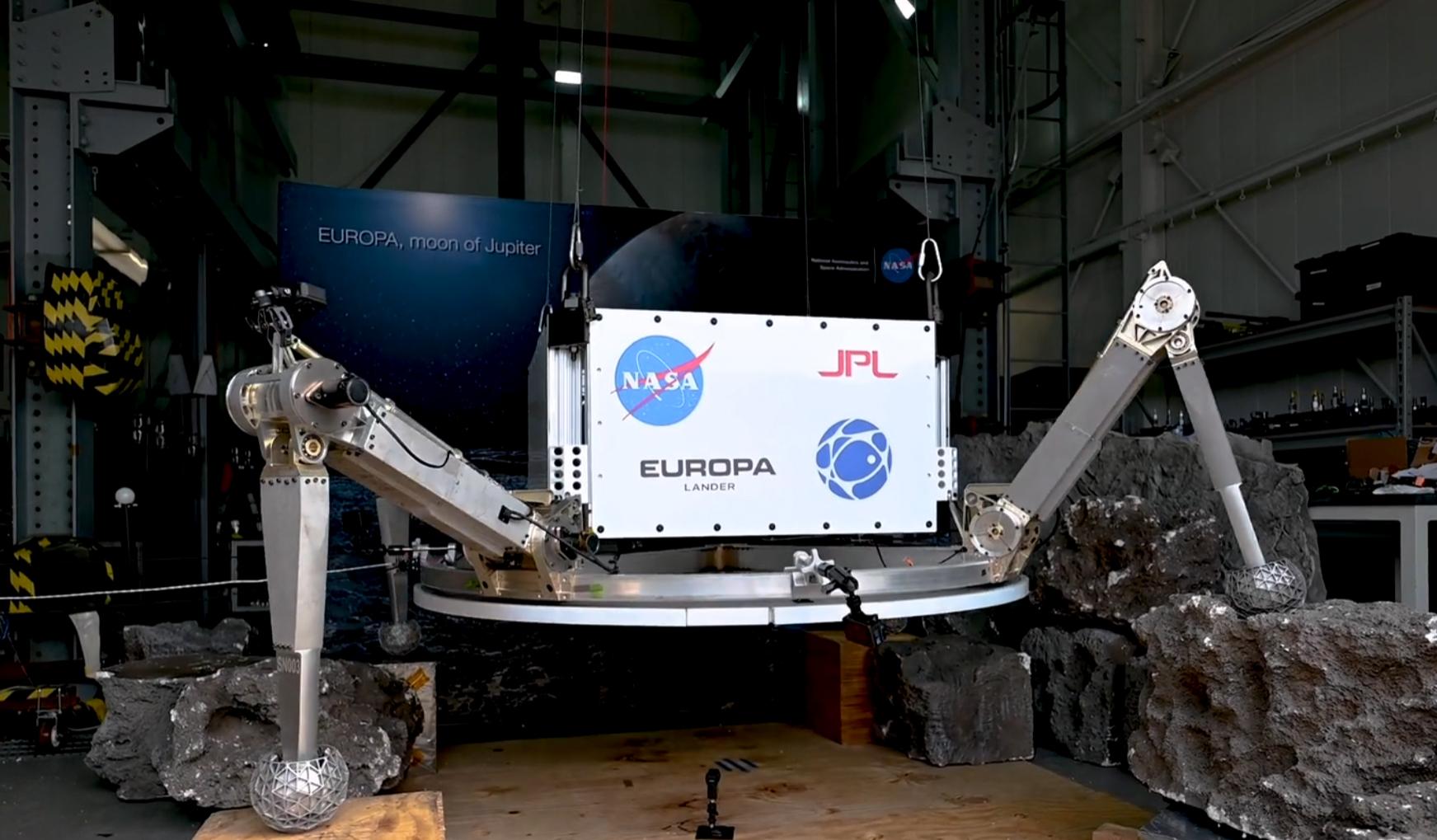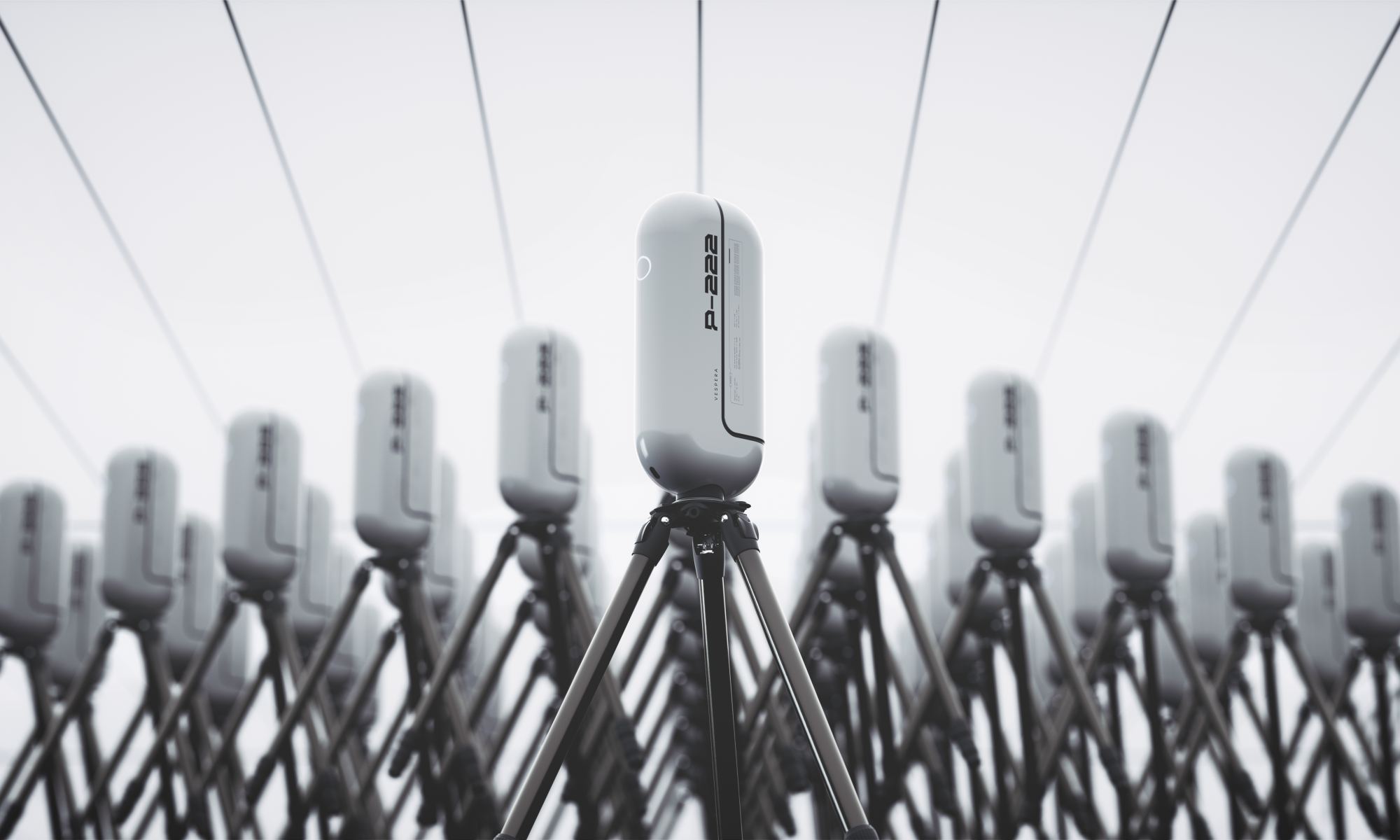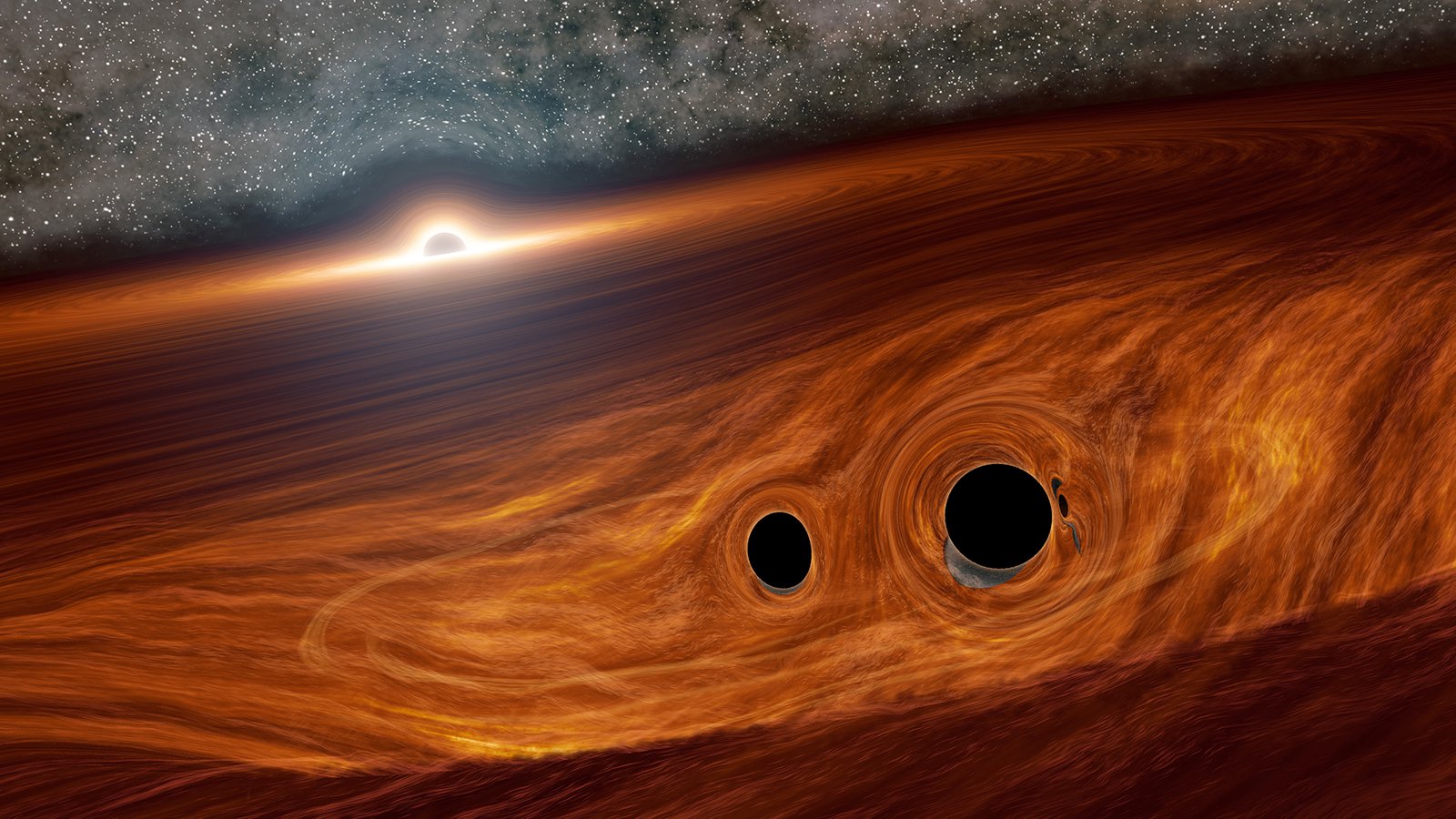Exoplanets are definitely a bit of a hot topic at the moment. Throw in a sprinkling of the James Webb Space Telescope (JWST) and you have the recipe for magic! I still cannot believe that we have discovered, yes actually discovered 5,539 exoplanets and there more being confirmed every day!The first exoplanet was discovered in 1992 and now over five and a half THOUSAND planets around other star systems are known! A team of astronomers have been exploring one in particular, the enigmatic WASP-107b using JWST and have made some incredible discoveries about its atmosphere.
Continue reading “JWST Peers into the Atmosphere of a Puffy, Fluffy Planet!”ESA’s Juice Mission is Approaching Earth. Why Has it Come Home Before Visiting Jupiter?
JUICE Prepares for a first of its kind double-flyby next year.
A Jupiter-bound mission adjusted its course last week…for a rendezvous with Earth. The European Space Agency’s (ESA) Jupiter Icy moons Explorer (JUICE) fired its thrusters for 43 minutes on Friday, November 17th. This sets the mission up for a first of its kind double-flyby next year on August 23rd, as it passes the Moon and then the Earth to pick up momentum.
Continue reading “ESA’s Juice Mission is Approaching Earth. Why Has it Come Home Before Visiting Jupiter?”NASA Tests a Prototype Europa Lander
In 2024, NASA will launch the Europa Clipper, the long-awaited orbiter mission that will fly to Jupiter (arriving in 2030) to explore its icy moon Europa. Through a series of flybys, the Clipper will survey Europa’s surface and plume activity in the hopes of spotting organic molecules and other potential indications of life (“biosignatures”). If all goes well, NASA plans to send a follow-up mission to land on the surface and examine Europa’s icy sheet and plumes more closely. This proposed mission is aptly named the Europa Lander.
While no date has been set, and the mission is still in the research phase, some significant steps have been taken to get the Europa Lander to the development phase. This past August, engineers at NASA’s Jet Propulsion Laboratory (JPL) in Southern California tested a prototype of this proposed landing system in a simulated environment. This system combines hardware used by previous NASA lander missions and some new elements that will enable a mission to Europa. It also could be adapted to facilitate missions to more “Ocean Worlds” and other celestial bodies in our Solar System.
Continue reading “NASA Tests a Prototype Europa Lander”Under Some Conditions, Comets Could Deliver Organic Molecules to Planets
Approximately 4.1 to 3.8 billion years ago, the planets of the inner Solar System experienced many impacts from comets and asteroids that originated in the outer Solar System. This is known as the Late Heavy Bombardment (LHB) period when (according to theory) the migration of the giant planets kicked asteroids and comets out of their regular orbits, sending them hurtling towards Mercury, Venus, Earth, and Mars. This bombardment is believed to have distributed water to the inner Solar System and maybe the building blocks of life itself.
According to new research from the University of Cambridge, comets must travel slowly – below 15 km/s (9.32 mi/s) – to deliver organic material onto other planets. Otherwise, the essential molecules would not survive the high speed and temperatures generated by atmospheric entry and impact. As the researchers found, such comets are only likely to occur in tightly bound systems where planets orbit closely to each other. Their results show that these systems would be a good place to look for evidence of life (biosignatures) beyond the Solar System.
Continue reading “Under Some Conditions, Comets Could Deliver Organic Molecules to Planets”ALMA Takes Next-Level Images of a Protoplanetary Disk
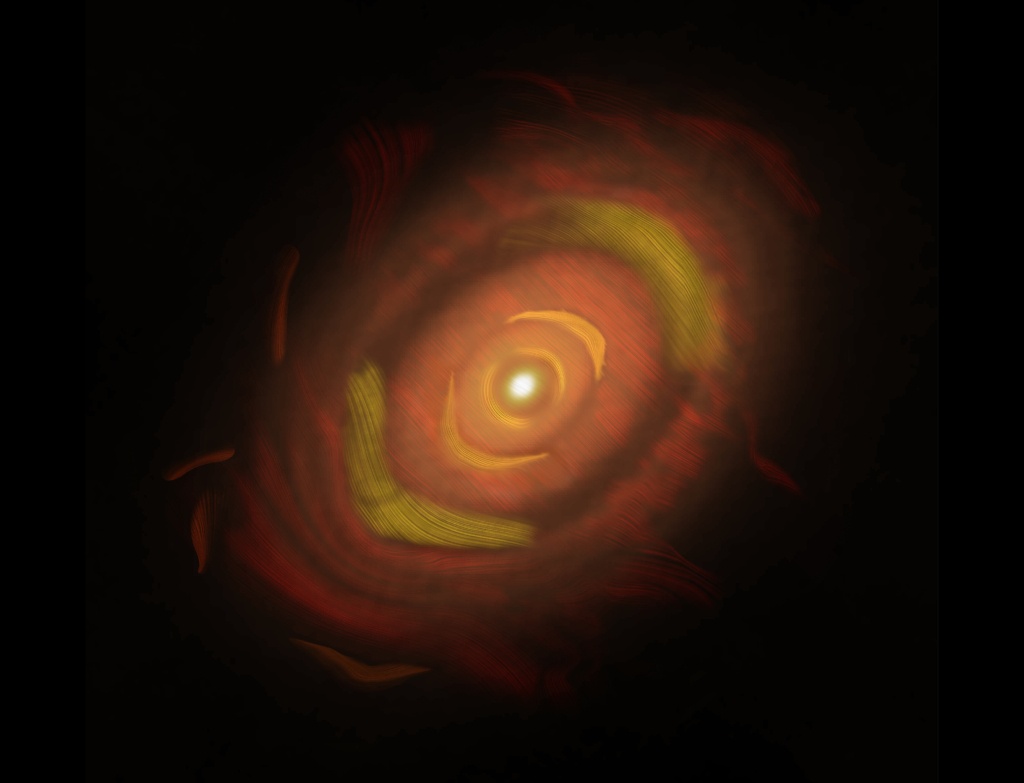
The ESO’s Atacama Large Millimeter/submillimeter Array (ALMA) is perched high in the Chilean Andes. ALMA is made of 66 high-precision antennae that all work together to observe light just between radio and infrared. Its specialty is cold objects, and in recent years, it has taken some stunning and scientifically illuminating images of protoplanetary disks and the planets forming in them.
But its newest image supersedes them all.
Continue reading “ALMA Takes Next-Level Images of a Protoplanetary Disk”JWST Follows Neon Signs Toward New Thinking on Planet Formation
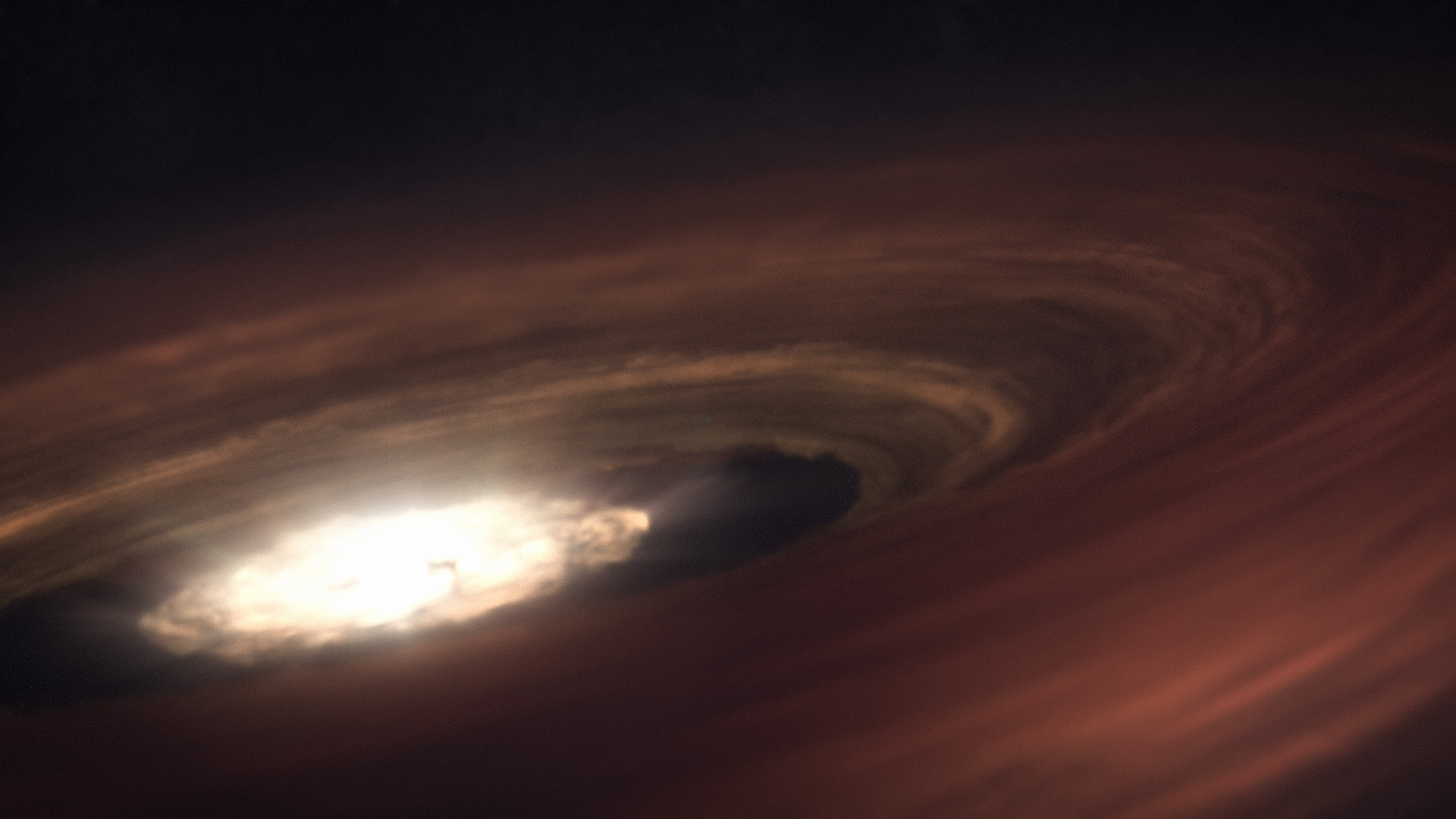
Everyone knows that the James Webb Space Telescope is a ground-breaking infrared space telescope that’s helping us better understand the cosmos. The JWST’s discerning infrared eyes are deepening our understanding of everything from exoplanets to primitive galaxies to the birth of stars.
But it’s not the first ground-breaking infrared space telescope we’ve launched. There was IRAS, then ISO, then the Spitzer Space Telescope. The Spitzer is the JWST’s most recent infrared predecessor, and the JWST is observing one of the same targets that the Spitzer did, taking note of some puzzling changes.
Continue reading “JWST Follows Neon Signs Toward New Thinking on Planet Formation”Vaonis Introduces Limited Edition Vespera Passengers Smartscope
A top name in smartscope technology releases an exciting new limited edition unit.
A great product just got better. France-based telescope maker Vaonis announced this week the release of an upgraded version of their Vespera smartscope telescope. Dubbed Vespera: Passengers, the telescope promises users will “embark on a cosmic odyssey, unveiling the Universe’s best kept secrets.” But you have to act soon to reserve yours, as only 70 of the 222 limited edition units are left.
Continue reading “Vaonis Introduces Limited Edition Vespera Passengers Smartscope”JWST Shows Ice-Covered Pebbles Delivering Water to New Planets
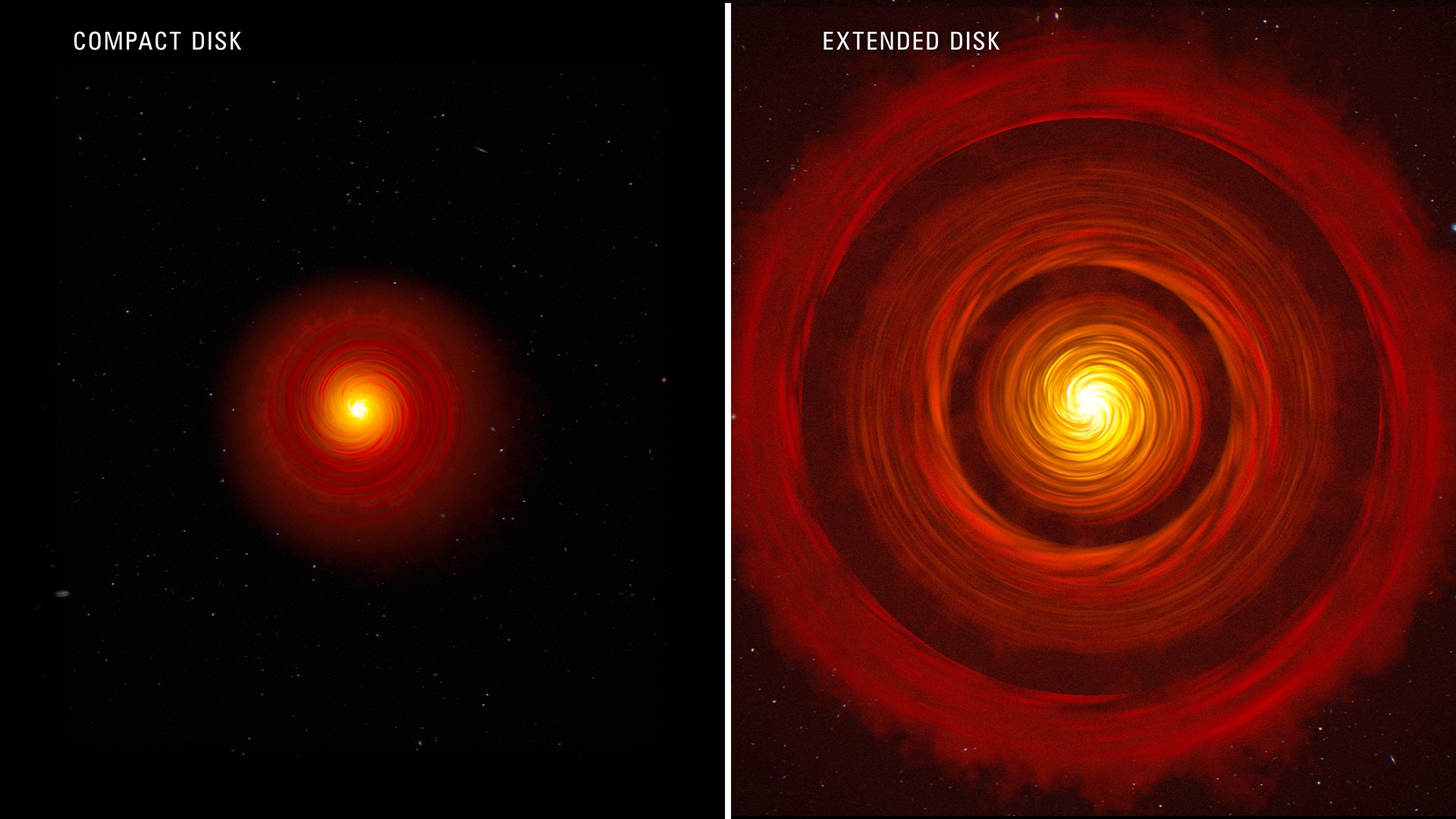
The JWST has delivered a breakthrough in planetary science. Its observations show that a long-proposed theory of planet formation is true. Up until now, thick veils of dust in young solar systems have obscured the evidence.
But the JWST saw through it all, and now we know the truth: Ice-covered pebbles from outer solar systems deliver water to still-forming planets closer to their stars.
Continue reading “JWST Shows Ice-Covered Pebbles Delivering Water to New Planets”How Black Holes Consume Entropy
Entropy is one of those fearsomely deep concepts that form the core of entire fields of physics (in this case, thermodynamics) that is unfortunately so mathematical that it’s difficult to explain in plain language. But we will give it a try. Whenever I see the word entropy, I like to replace it with the phrase “counting the number of ways that I can rearrange a scenario while leaving it largely the same.” That’s a bit of a mouthful, I agree, and so entropy will have to do.
Continue reading “How Black Holes Consume Entropy”The Origins of the Black Hole Information Paradox
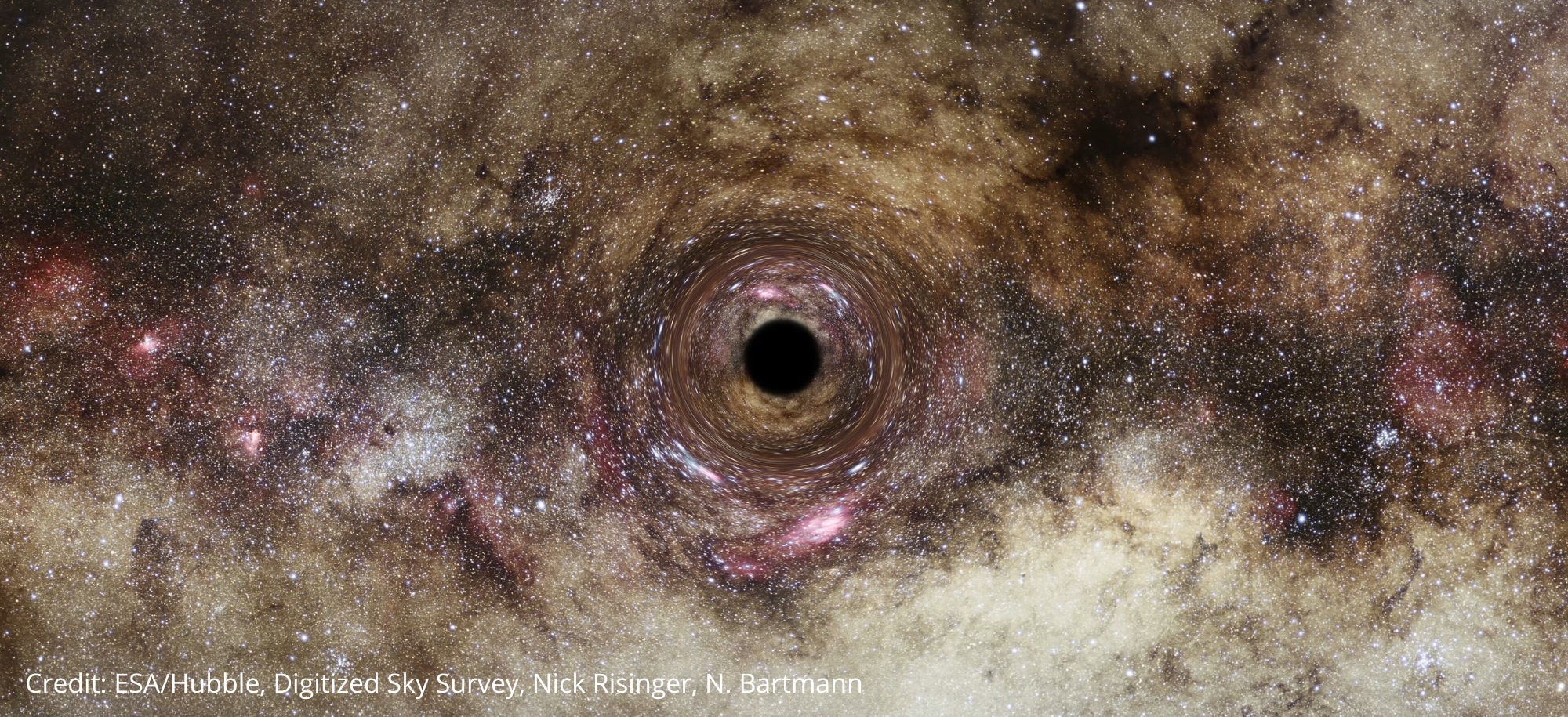
While physics tells us that information can neither be created nor destroyed (if information could be created or destroyed, then the entire raison d’etre of physics, that is to predict future events or identify the causes of existing situations, would be impossible), it does not demand that the information be accessible. For decades physicists assumed that the information that fell into a black hole is still there, still existing, just locked away from view.
Continue reading “The Origins of the Black Hole Information Paradox”
